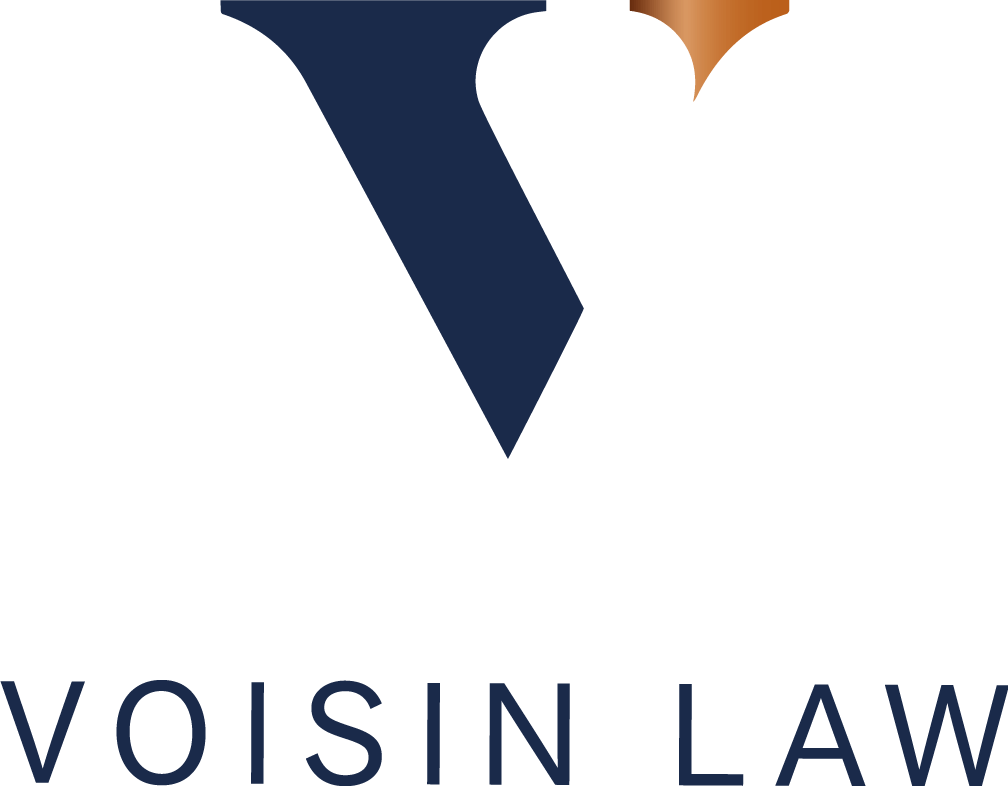
The Special Purpose Acquisition Company
Capital Markets | 28/09/17
With international markets recovering and investor confidence returning, interest has returned again regarding the issue of equities by Special Purpose Acquisition Companies (“SPACs”) which can now be listed on The International Securities Exchange (previously the Channel Islands Securities Exchange) (“TISE”).
History
The SPAC originated in the US. However, in recent years, not only has the choice of stock exchanges for listing expanded but also has the number of jurisdictions of domicile for the SPAC with international finance centres such as Jersey very much in the mainstream. This trend, in Jersey’s case, results from a combination of factors, such as robust regulation, political and economic stability, tax neutrality and a sophisticated modern and flexible legal system combined with a wealth of experience and expertise offered by highly skilled financial services providers.
What is it?
A SPAC is a company specifically incorporated to raise funds through its own initial public offering (“IPO”). The proceeds from the IPO will then be used, typically within a specified time period (12 to 24 months), to implement an acquisition/merger with an initially unidentified target in a particular industry, sector or geographical area (the “Acquisition”). During the period between the IPO and the Acquisition, the IPO proceeds are held in escrow within a trust account at a third party custodian bank (the “Escrow Proceeds”). If no Acquisition is made within the specified time period, then the SPAC will be wound up and the Escrow Proceeds returned to investors.
A SPAC is usually initially formed by a management team (the “Sponsor”) with a proven track record in private equity investments. In addition to sitting on the board of directors, the Sponsor will usually also have a minority shareholding (typically 20%) in the SPAC through which its remuneration is derived.
Key considerations
The use of a SPAC presents several important advantages:
- for certain categories of investors, investing in a SPAC provides a means of accessing private equity investment opportunities without having to dedicate time and resources to identify target companies projecting an IPO as the investors are in effect investing in a Sponsor with a proven track record;
- using a SPAC provides investors with additional regulatory transparency associated with making an investment in a listed entity as compared to, for example, investing in a private equity fund;
- in the period between the IPO and the Acquisition, the Escrow Proceeds are not at investment risk;
- the Sponsor’s remuneration is derived from its equity holding in the SPAC (rather than, for example, through performance or investment fees earned during the period of the investment) so the Sponsor is incentivised to identify and manage the Acquisition successfully;
- the Sponsor’s equity holding is usually “locked” for a certain period (typically 12 months) following the Acquisition which reduces running costs, earns interest and permits the SPAC to maintain a very high percentage of cash raised on an IPO;
- SPACs offer a favourable exit strategy when compared to conventional private equity structures. Typically, owners of a target company accept a portion of the consideration in shares or loan stock. However, the SPAC’s strong cash position enables sellers to “cash-out” to a greater extent with any equity element of the consideration maybe consisting of listed securities. The SPAC’s strong cash position will also result in a less leveraged acquisition than one involving a private equity firm;
- usually 80% of the Escrow Proceeds must be used for the Acquisition which ensures that only targets of a minimum size are proposed;
- unlike a venture capital pool where investors place funds in a “blind-pool” to be invested by the fund management team, SPAC investors while not choosing the target can opt out of the Acquisition and receive reimbursement of their investment;
- the Acquisition must be made within a certain timeframe; and
- if no Acquisition takes place then the SPAC will be wound-up with the Escrow Proceeds being returned to the investors.
Key features and advantages of listing a SPAC on TISE
- low minimum amount to be raised by the IPO – £700,000 or foreign currency equivalent (TISE may admit securities of a lower value if satisfied that there will be an adequate market);
- the Acquisition to be made only within 36 months of listing (TISE may extend this period if it can be demonstrated that an Acquisition is imminent);
- market maker to be appointed;
- can raise further funds via rights issues;
- Sponsor’s equity holding locked for 12 months;
- 90% of funds to be held in escrow following the IPO;
- 80% of funds to be used to fund the Acquisition;
- 10% of proceeds may be used to pay expenses, fund the search for a target business and complete the Acquisition;
- the Acquisition must be approved by a majority in number of non-executive directors and a special resolution of the shareholders (excluding the Sponsor) of the SPAC;
- “cash-out” option for the shareholders who do not approve the Acquisition;
- following a successful Acquisition, the SPAC may relist as a trading company under TISE’s listing rules; and
- should an Acquisition not proceed within the specified time period, the SPAC must complete a distribution within 60 calendar days to all shareholders pro-rata to their holdings.
Why use TISE?
TISE provides a listing facility and a market for companies to raise capital from international investors based on a bespoke trading platform. Its efficient and personalised approach and competitive listing fees continue to attract new issuers and promoters.
TISE offers multiple advantages:
- international recognition;
- personalised approach and fast document turnaround;
- pragmatic approach to disclosure requirements;
- global standards of issuer regulation;
- competitive pricing; and
- operates outside the EU so no EU directives apply.
TISE credentials:
- a market capitalisation of over £300bn;
- 600 investment funds admitted;
- over 2,000 listed securities;
- international marketplace and prime location; and
- ever increasing product range
Why use Voisin?
Voisin’s capital markets and structured finance team is highly experienced and has advised on many complex and innovative transactions. We provide high quality cost effective professional services for the listing of both equities and debt securities on TISE.
Our focused, proactive and friendly team provides efficient, seamless and prompt advice and boasts a portfolio of clients which includes some of the world’s leading financial institutions. Our close relationship with local regulatory authorities, listing authorities, service providers and advisers worldwide enables us to work as part of any team.
We are passionate about our work and strive for excellence in everything we do.
For further information or specific advice, please contact Kate Anderson or Chris Le Quesne of Voisin.
This note is intended to provide a brief rather than a comprehensive guide to the subject under consideration. It does not purport to give legal or financial advice that may be acted or relied upon. Specific professional advice should always be taken in respect of any individual matter.









